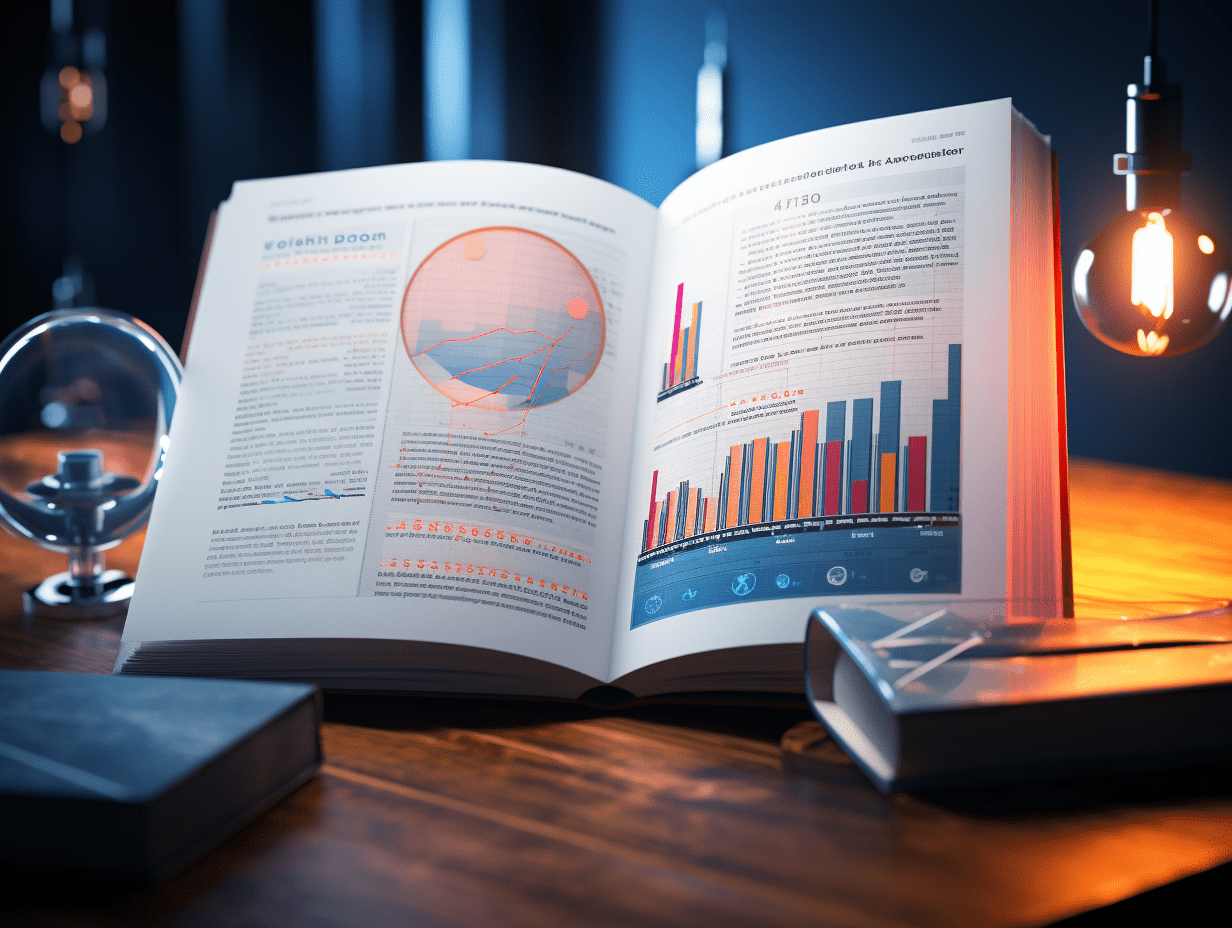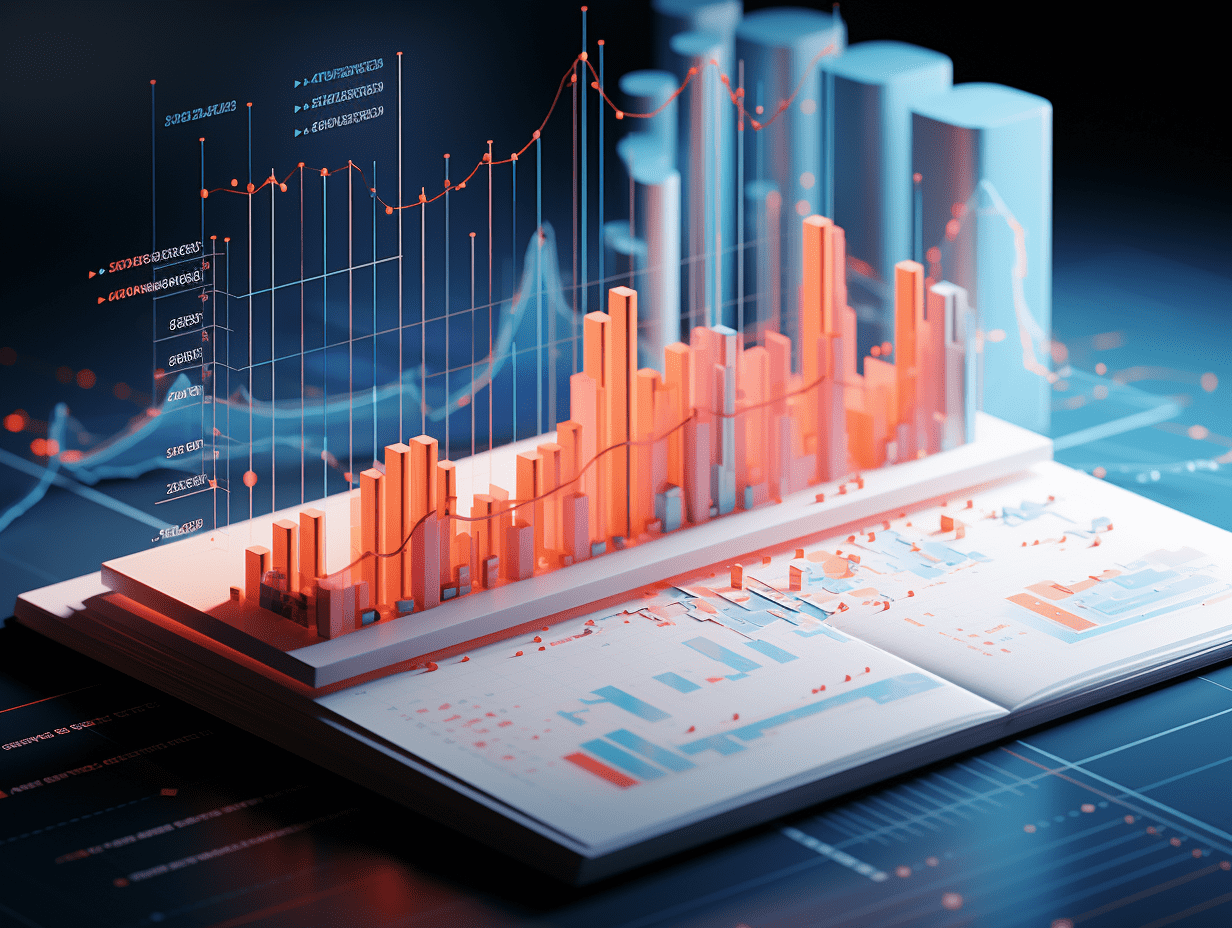If Trump really wants the Fed to cut interest rates, how should he do it? He should destroy employment!
Goldman Sachs and senior officials at the Federal Reserve both point to the same key for the interest rate cut - the rapid rise in the unemployment rate, rather than inflation, is the true signal that is forcing the Federal Reserve to act.
As the market speculates on the path of the Fed's rate cuts, analyses from top investment banks and Fed officials point to an increasingly clear conclusion: in order to truly prompt the hesitant Fed to cut interest rates, the key may not lie in the slight fluctuations in inflation data or the short-term noise of tariff policies, but rather in a more direct and possibly more brutal signal - a significant deterioration in the labor market.
For Trump (or anyone else holding this position) eager for lower interest rates, a weak job market may be the most effective catalyst to achieve their goal.
Goldman Sachs perspective: "Significant upward pressure on the unemployment rate" is a signal for action
Goldman Sachs strategist Dominic Wilson clearly pointed out in his report that the "sharp deterioration" of the labor market is key to the Fed's policy shift. He emphasized, "Any significant upward pressure on the unemployment rate will see the Fed firmly turn to action (cut interest rates)."
Wilson's analysis indicated that although the temporary suspension of reciprocal tariffs on April 9 briefly prevented the economy from sliding into recession, the fundamental risks have not been averted. The high uncertainty generated by policies, sluggish consumer and business confidence, as well as pressure on real income growth, imply that the U.S. economy "still has a high probability of falling into recession."
Goldman Sachs predicts that in the event of a widespread recession, the S&P 500 index may fall to around 4600 points, high-yield bond credit spreads may exceed 600 basis points, and short-term bond yields may fall below 3%.
At the same time, the financial vulnerabilities exposed by recent market turmoil (including in the bond market) remain a threat. The ultimate impact of tariffs on inflation and employment is yet to be seen, which is why the Fed may continue to be in a "recession watch" mode in the next two to three months. The uncertainty surrounding trade and fiscal policy paths, coupled with the need to anchor inflation expectations, makes it difficult for the Fed to act decisively.
Based on this, Goldman Sachs believes that even though there may be short-term interference from tariffs generating inflation, "any significant upward pressure on the unemployment rate will prompt the Fed to take firm action."
They judge that a recession could "easily" trigger a cut in interest rates by about 200 basis points in the short term, a magnitude that "significantly exceeds the current market pricing." In other words, the upward pressure on the unemployment rate from a surge in job losses may be the key factor forcing Fed Chairman Powell to act.
Fed officials confirm: Focusing on the speed at which the unemployment rate rises
Recent remarks by Federal Reserve Vice Chairman Christopher Waller provide confirmation from within the decision-making level for the above views. He also views the labor market as a key variable.
Waller acknowledges that the full impact of tariffs may not be clear until the second half of 2025, and tends to view their impact as "temporary price level effects" (i.e. temporary inflation).
He added, "It takes courage to face the price increases caused by tariffs and consider them as temporary phenomena" - implying the complexity of making such judgments in the current environment, especially considering potential political factors.
So, what could prompt the Fed to act quickly? Waller's answer aligns with Goldman Sachs: job data. He stated that he "would not be surprised" by more layoffs and a higher unemployment rate due to tariffs. More importantly, Waller emphasized that the Fed's focus will be on the speed at which the unemployment rate rises, rather than its absolute level. He believes:
"Tariffs could quickly drive up the unemployment rate."
This logic is also supported by Minneapolis Fed economist Javier Bianchi, who believes that tariffs are fundamentally a "negative demand shock" with deflationary effects. This further supports the view that the Fed should "look through" short-term inflation and implement accommodative monetary policy (rate cuts) to avoid worse economic consequences.
Waller cautioned that the current reliance on data could expose the Fed to the risk of "action lag" again (similar to 2021 but in the opposite direction). Once the rise in the unemployment rate drives the economy into decline, "a significant rate cut may follow."
Source: Wall Street View, Author: Gao Zhimou, GMTEight Editor: Chen Qiuda
Related Articles

Reasons for the technical correction in gold: All three major indicators point to "correction," even "significant" in magnitude?

Goldman Sachs: Pay attention to this buying spree in gold! Come see the influence of China's power.

J.P. Morgan: Reduce holdings of US stocks! Increase investments in Europe, China, and India.
Reasons for the technical correction in gold: All three major indicators point to "correction," even "significant" in magnitude?

Goldman Sachs: Pay attention to this buying spree in gold! Come see the influence of China's power.

J.P. Morgan: Reduce holdings of US stocks! Increase investments in Europe, China, and India.

RECOMMEND

Pan Gongsheng: Will implement a moderately loose monetary policy to promote high-quality development of the Chinese economy.
25/04/2025

Canadian Prime Minister Trudeau: No rush to reach agreement with Trump, US side eventually needs to face reality.
25/04/2025

Alphabet (GOOG.US, GOOGL.US) first quarter revenue and profits exceed expectations, driven by AI and cloud computing performance growth.
25/04/2025


